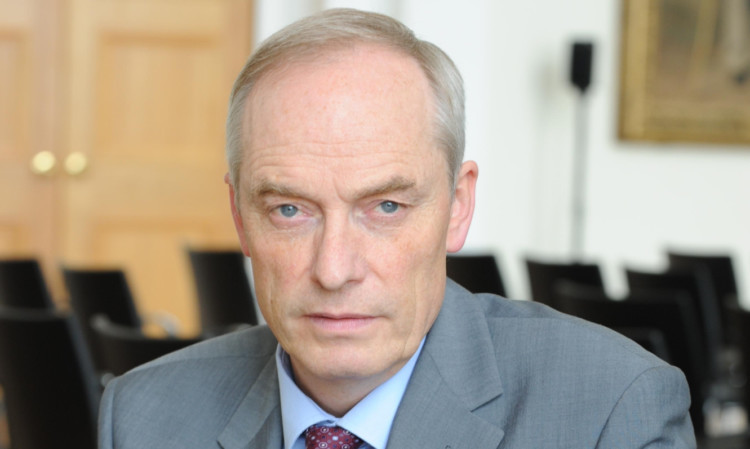A set of survey results appear to show a massive contradiction between what farmers think privately and what they are saying in public, especially when it comes to their future plans for beef and sheep production.
The annual Bank of Scotland Scottish Agricultural Survey, conducted last month by chief economist Professor Donald MacRae, asked farmers what their plans were for various enterprises over the next five years.
Of those with beef herds, a surprising 32% said they intended to increase numbers, while 12% said they would decrease and 5% said they intended to exit the sector.
For sheep the other sector considered to be vulnerable to CAP reform the figures were little different, with 29% intending to increase, 11% to decrease and 8% to exit.
Professor MacRae, who has conducted this survey with similar questions for the last 18 years, admitted those answers “posed a bit of a conundrum”.
This is especially so considering the way the respondents reacted to the forthcoming CAP reform, with 51% saying they would be worse off, 7% expecting no change and only 4% expecting to be better off.
Significantly, 38% didn’t know one way or the other.
The survey was conducted last month, so many of the ‘don’t knows’ might have formed opinions by now.
Professor MacRae’s surveys have built up a good track record for accuracy over the years.
This time he sent out 2,205 surveys at random to customers of all banks.
“This year 359, or 16%, responded. I am delighted with that, and it gives us a robust set of results,” he said.
Optimism levels have fallen over the year, but only marginally, with 25% optimistic or very optimistic in this survey compared to 28% a year earlier.
“The figure may have fallen a little but it is still at the third-highest level in 18 years,” Professor MacRae said.
“There is a slight increase in the number of farmers who expect their businesses to be profitable in their current financial year, up from 59% to 68%.
“There are uncertainties about CAP, but the new scheme won’t kick in until 2015 so perhaps the responses just reflect confidence in the current arrangements,” he added.
There was, however, a very clear steer to the Scottish Government regarding how many payment regions farmers would like to see in the new CAP.
The current consultation suggests only two regions, but only 19% of the respondents agree with 37% favouring three regions, and 38% preferring four or more.
Professor MacRae said: “The findings were the same across all farm types.
“My personal view is that three regions would be right.”
There was strong support for a slow changeover to the new area-based CAP regime, with 50% in favour or strongly in favour.
There was, however, near unanimity on the need for only active farming to be rewarded, with 89% implacably opposed to Single Farm Payment going to those who no longer produced crops or stock.
The process of CAP negotiation has, if anything, dented confidence in the Scottish Government.
Since devolution in 1999 the ratings have been favourable.
They were much boosted by the quick payment of SFP after 2005.
Of the respondents, 81% still regarded the administration as being satisfactory or better, but when it came to CAP reform only 48% thought the Government had performed well.
The respondents were equally unenthusiastic about the handling of landlord-tenant relations, with 57% regarding it as poor or very poor.
